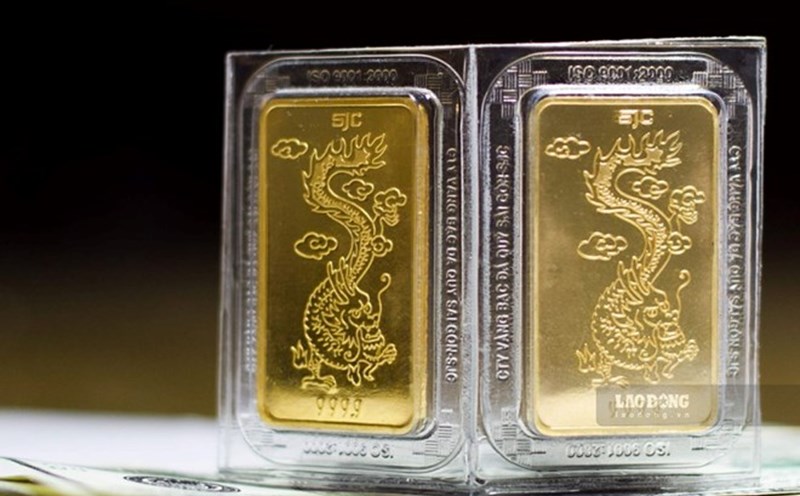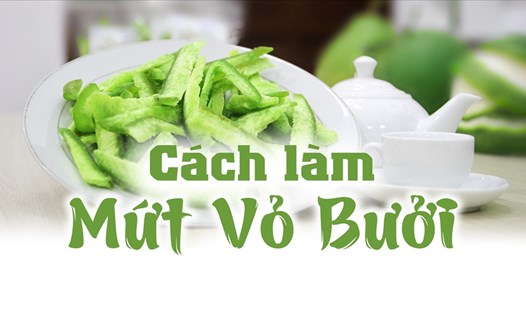Tteok kuk means a new beginning, so white is used for rice cakes to have the meaning of cleansing both the body and the mind. Only then will people in the new year be able to shake off bad things and have a more perfect start.
If you use long white rice cakes, the potential meaning is to bring a healthier and longer life. Therefore, when eating long rice cakes, Koreans tell themselves not to break the rice cake before eating, on the contrary, if they pull the rice cake out the longer it is, the better it will be.
In addition to the meaning of longevity, long-term rice cake also symbolizes prosperity in property and fortune. Because the length of a rice cake is likened to the wealth of a family. At the same time, round rice cakes also symbolize the desire to be lucky and earn more money in the new year.
In particular, rice cake soup for the New Year in Korea is not necessarily just white because in addition to rice cake, this soup also has the participation of many other ingredients such as eggs, seaweed, cod, beef, shrimp, fish sauce, chicken, ... Therefore, although the main ingredient is rice cake, this soup has many rich flavors.
Tteok cake, known in ancient times as the royal rice cake, is a flavored gourd paint dish that is only served in the royal court. This dish is made from fried white rice with beef, dried squid, green beans, sprouts, coriander, Shiitake mushrooms, carrots, green onions, and soy sauce. However, today's Tteok has many changes compared to royal rice cakes to suit everyone's culinary trends and tastes.
Types of Tteok that are especially attractive to young people today are Tteok haemul with vegetables and seafood, Tteok japchae with pasta and vegetables, cheese Tteok, curry Tteok...
Tteok cake is often kept in wooden trays covered with silk scarves, which is very solemn. The arrangement of Tteok cakes and the way of coloring Tteok cakes from natural ingredients are the unique features of this cake.









